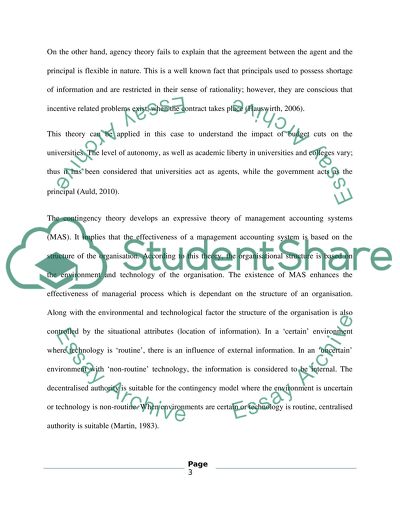Cite this document
(“Organisational Context of Management Accounting Essay - 1”, n.d.)
Retrieved from https://studentshare.org/environmental-studies/1408839-organisational-context-of-management-accounting
Retrieved from https://studentshare.org/environmental-studies/1408839-organisational-context-of-management-accounting
(Organisational Context of Management Accounting Essay - 1)
https://studentshare.org/environmental-studies/1408839-organisational-context-of-management-accounting.
https://studentshare.org/environmental-studies/1408839-organisational-context-of-management-accounting.
“Organisational Context of Management Accounting Essay - 1”, n.d. https://studentshare.org/environmental-studies/1408839-organisational-context-of-management-accounting.


